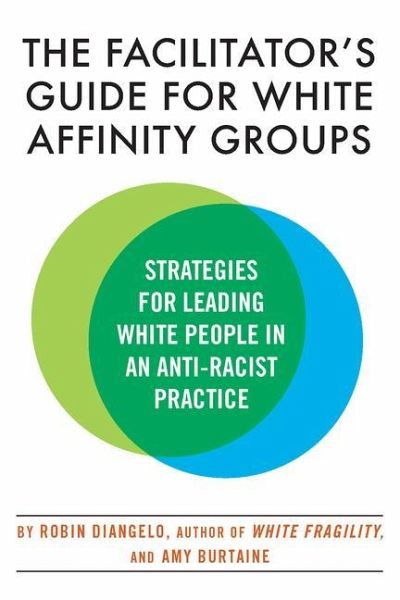
The Facilitator's Guide for White Affinity Groups
Strategies for Leading White People in an Anti-Racist Practice

PAYBACK Punkte
13 °P sammeln!
"A first of its kind, accessible, in-depth resource for leading effective White racial affinity groups--an essential tool for building the skills and perspectives needed for White people to challenge racism"--



